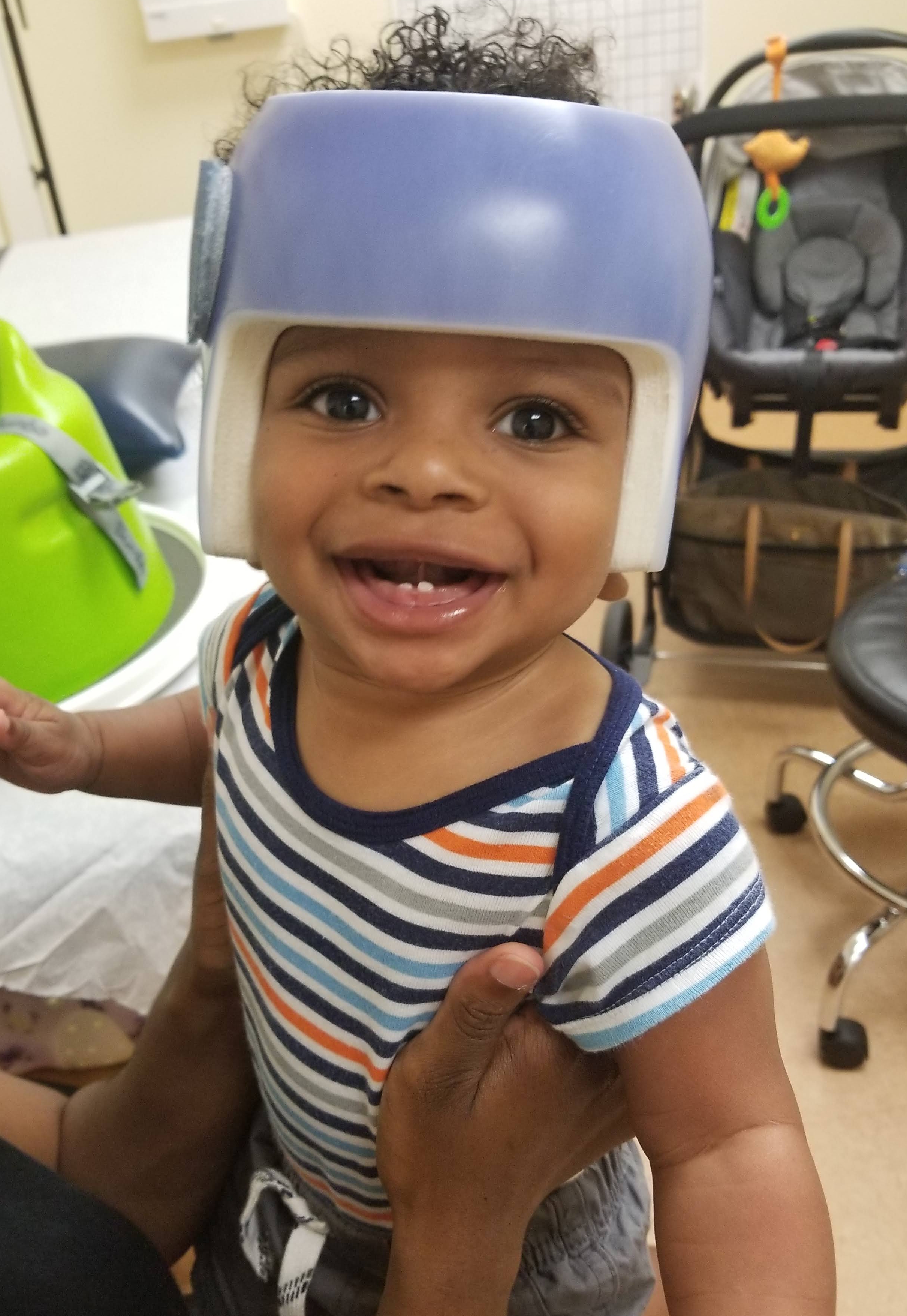
Baby Helmets: A Comprehensive Guide for Parents
Introduction
The safety of our little ones is paramount, and as parents, we strive to provide them with the best possible protection. Baby helmets are an essential piece of safety gear that can significantly reduce the risk of head injuries in infants and toddlers. This comprehensive guide will delve into the world of baby helmets, exploring their benefits, types, proper fitting, and when they should be used.
Benefits of Baby Helmets
Baby helmets offer a range of benefits that make them an indispensable safety measure:
-
Head Injury Prevention: The primary purpose of baby helmets is to protect the delicate skull and brain of infants and toddlers from impact forces. They absorb and disperse energy, reducing the severity of head injuries in the event of a fall or collision.
-
Reduced Risk of Skull Fractures: Baby helmets can significantly lower the risk of skull fractures, which can be particularly dangerous for young children. The helmet’s hard outer shell provides a barrier against blunt force trauma.
-
Protection from Concussions: Concussions are a common type of head injury that can occur in infants and toddlers. Baby helmets can help prevent or reduce the severity of concussions by absorbing impact forces and preventing the brain from shaking violently.
-
Enhanced Confidence and Mobility: Wearing a helmet can give infants and toddlers a sense of confidence and freedom to explore their surroundings. It allows them to move around more actively without the fear of head injuries.
Types of Baby Helmets
There are various types of baby helmets available, each designed for specific needs and ages:
-
Foam Helmets: These helmets are made of lightweight, shock-absorbing foam and are suitable for infants and toddlers who are just starting to crawl or walk. They provide basic protection against minor bumps and falls.
-
Hard-Shell Helmets: Hard-shell helmets offer more protection than foam helmets and are ideal for toddlers who are more active and may be at risk of more serious falls. They feature a hard outer shell made of plastic or composite materials.
-
Multi-Sport Helmets: Multi-sport helmets are designed for toddlers who participate in various activities, such as biking, skating, or scootering. They provide comprehensive protection for the head and face.
-
Custom-Fitted Helmets: Custom-fitted helmets are made specifically for an individual child’s head shape and size. They offer the best possible fit and protection but are typically more expensive than standard helmets.
Proper Fitting of Baby Helmets
Ensuring a proper fit is crucial for the effectiveness of baby helmets. Here are some guidelines:
-
Measure the Child’s Head: Use a soft measuring tape to measure the circumference of the child’s head at the widest point, just above the eyebrows.
-
Choose the Correct Size: Refer to the manufacturer’s sizing chart to determine the appropriate helmet size for the child’s head circumference.
-
Adjust the Straps: The helmet should fit snugly but not too tightly. Adjust the chin strap so that it fits comfortably under the child’s chin, allowing for one finger to fit between the strap and the chin.
-
Check the Fit: Ensure that the helmet does not move or wobble when the child moves their head. It should sit level on the child’s head, covering the forehead and the back of the head.
When to Use Baby Helmets
Baby helmets should be used whenever the child is engaged in activities that pose a risk of head injury, such as:
- Crawling or walking
- Playing on playground equipment
- Riding a bike, scooter, or skateboard
- Participating in sports activities
Additional Safety Tips
In addition to using baby helmets, parents can take other steps to enhance their child’s safety:
-
Supervise Children: Always supervise infants and toddlers when they are wearing helmets.
-
Inspect Helmets Regularly: Check helmets for any damage or wear and tear. Replace helmets that show signs of damage.
-
Store Helmets Properly: Store helmets in a cool, dry place away from direct sunlight.
-
Educate Children: Teach children about the importance of wearing helmets and encourage them to wear them consistently.
Conclusion
Baby helmets are an essential safety measure that can significantly reduce the risk of head injuries in infants and toddlers. By choosing the right type of helmet, ensuring a proper fit, and using it consistently, parents can provide their little ones with the best possible protection. Remember, the safety of our children is our top priority, and baby helmets play a vital role in safeguarding their precious heads.
